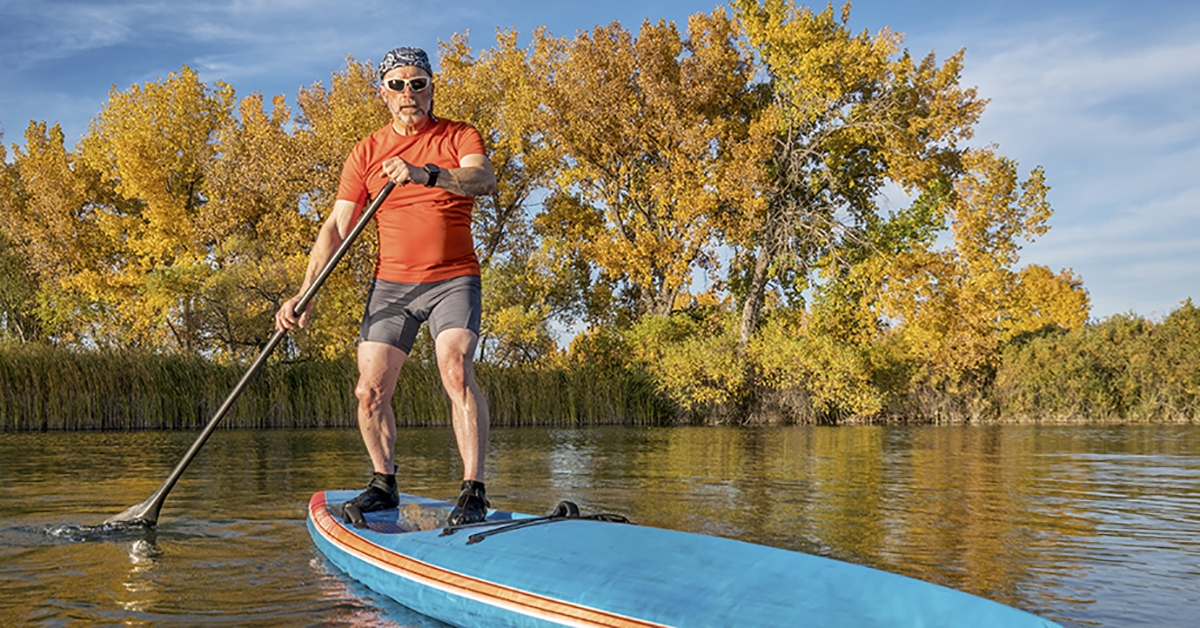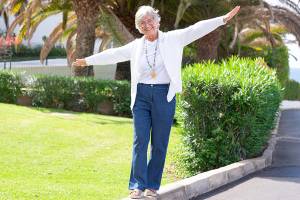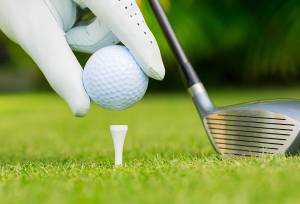By HOLLY ENDERSBY
It was a beautiful day: sunny, warm, no wind, and the lake was calm as glass. This was the day
I’d invited two 70+ women to join me for their first stand-up paddle board (SUP) experience, and I was thrilled the conditions were perfect.
Although they were both a bit nervous, standing in the calm, warm water and getting on the board as they used my shoulder for stability was pretty easy for them.
They both loved the experience, and we’ve done SUP together ever since.
Why SUP?
Jo Cassin, co-owner with Stan Kolby of Idaho River Sports in Boise, says SUP is ideal for older folks.
“It’s really great for your balance, which often diminishes as we age,” she said.
At 62, Cassin said the more active we are as we age, the better life will be.
“SUP is great for older people because it’s easy on the joints and works your core muscles and back as well as your arms and legs,” she explained.
I can attest that SUP is a full-body workout. While it looks static, standing and balancing with your legs will work those muscles and, of course, your back and arms.
“Take a lesson if you can,” Cassin recommended. “That way you can learn to use the right muscles and won’t tire so easily.”
Cassin’s shop has partnered with the local YMCA and two universities to offer lessons at their indoor pools.
“People really like that, because the water is warm, there are no wind or waves to deal with, and lifeguards are standing by.”
Check Y’s and colleges in your area to see if they’re offering SUP classes: many are promoting this easy-to-learn outdoor sport.
Find a Board that Fits You
Most people start with a relatively wide board. A wider board is more stable, although a super-wide board can be difficult to paddle.
Try to find a happy medium. A board between 31 and 33 inches across is easy for balance and can be used for SUP yoga.
Yes, that’s right. Yoga done on a paddle board!
Length is also an important consideration when choosing a board. A shorter board is easier to turn, but slower moving through the water. I usually I like a shorter, wider board, but when I am trying to keep up with my teenage grandkids, I opt for a narrower board with a less rounded front end. A board between 10 and 12 inches is best for beginners, depending on their size.
“A lot of times, people will borrow somebody else’s board,” said Cassin, “and they’ll have a hard time handling, it because it’s the wrong size for them. If a board is too tippy, beginners won’t enjoy the experience. Be sure to start on a board that fits you.”
On-Line Help from Experts
The REI website is a great place to learn about paddle boards if you don’t have a store nearby that carries them. REI has experts in just about every outdoor activity available who will spend plenty of time answering your questions.
There are two types of boards: planing and displacement. Beginners typically start with planing boards, which sit on top of the water and are more stable. Displacement boards slice through the water, have a narrower front end, and push-or displace- water along the sides of the board, resulting in faster speeds. People who go on long paddles—often for days with camping gear tied on—usually prefer these faster boards.
Today, SUP’s are either solid or inflatable. For older paddlers, inflatable offer many advantages. They are lighter and easier to carry, can fit in a car, and be inflated on site, eliminating the need for a car top carrier. When deflated, they are easily stored in a condo or down-sized home. Inflatables are just as rigid as solid boards once they are inflated, and their convenience can’t be beat.
If you are fairly fit, getting on an SUP in shallow water shouldn’t be hard. I just put my chest and arms on the board, swing my legs up, move to a bent-knee position, then rise to standing. Some beginners, however, prefer to kneel or sit on the board while first paddling, instead of standing, and that’s perfectly OK.
One friend either sat or kneeled the first time she tried SUP with me, but the second time she immediately went to her feet and was cheered by how easy it was to balance.
The boards all have a “grippy” texture to them, which helps you stay centered and balanced. Beyond that, if you’ve paddled a canoe or kayak, you’ll find the same strokes work for SUP.
Most boards also have an ankle strap, so when you fall in, you don’t lose your board.
You will probably fall in at first, but on a hot day, it feels terrific!
Many states require having a US Coast Guard-approved life jacket on board, and I recommend you wear one at all times.
In addition, some states also require you to have a sound-producing device, like a whistle, with you as well.
The most important thing when trying SUP is to have fun! Remember when new experiences were exciting and lots of laughs came with trying something for the first time? Embrace that spirit, don’t worry about getting wet, and hop on an SUP for the time of your life this summer! MSN









